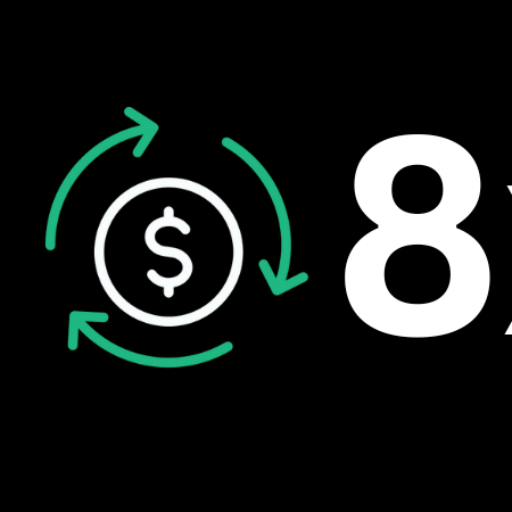
The S&P/ASX 200 index is the most commonly used of the Australian Securities Exchange. It is also known more commonly as the ASX 200. The ASX 200, which is comprised of the 200 biggest public companies in terms of market capitalisation, serves as a benchmark in Australia, comparable to the FTSE 100 (UK) and Dow Jones (US).
The ASX 200
ASX 200 is a ranking of the 200 largest companies in Australia. It tracks the movement of these 200 companies by market capitalisation. This refers to the market value of their outstanding shares. The ASX 200 is the most closely monitored Australian index. With just over 80% of Australia’s share market capital being held by the top 200 companies, it is often viewed as an indicator of Australian equities markets.
Each quarter, the index composition is reviewed. Companies can be promoted or removed based on changes in their share prices over six months or other criteria such as liquidity.
What makes up the ASX 200
Although the ASX 200 covers 10 industries, such as telecommunications and healthcare, its main focus is on financial and resources stocks. They account for more that half of its value. Nearly 30% of the index is in the financials category. This includes the four largest banks.
The index is also heavily dominated by a few large companies. The index’s 10 largest companies account for more than 40%. The Commonwealth Bank is the largest listed company, accounting for over 7% of the total index as of January 2020. When using the ASX 200 to benchmark the index, investors need to be aware of the dominance and concentration of value within a handful of industries. For example, a movement of banking stocks could have a significant impact.
The top 10 most successful companies:
- Commonwealth Bank
- BHP Group Limited
- CSL Limited
- Westpac Banking Corp
- National Aust. Bank
- ANZ Banking Group
- Telstra Corporation
- Woolworths Group Limited
- Wesfarmers Limited
- Macquarie Group Limited
What is the significance of the S&P/ASX 200?
The ASX 200 is home to around 80 percent Australia’s $A2Tillion share market. The ASX 200 can be used as an indicator of the Australian economy and as a proxy for the Australian market. It’s also used to provide benchmarks for investors and fund managers in order to compare performance.
How do you invest in ASX 200?
Although the S&P/ASX 200’s primary purpose is to provide an indicator of Australian markets, it also serves as a starting point for investors seeking exposure to large-cap Australian stocks. It is possible to invest in any of the component companies or through one of the following options.
Exchange-traded Funds
An investor can also choose to invest in an exchange traded fund (ETF), which tracks all 200 ASX 200 stocks and trades like a stock. An investor should look at the ASX 200 sector composition before buying an ETF. A change in the financial and material sectors could have significant effects on the ETF’s price.
Futures contracts
Standard futures contracts are a common way to trade the ASX 200. This is where you will exchange a certain quantity of the index with another person at a predetermined future price and date.
CFDs
CFDs (Contracts for Difference) are similar to Futures Contracts. Both allow for significant financial leverage. Investors can borrow most of their trade capital. CFDs have no fixed future price or date. CFDs can be used to pay or receive the difference between the date the trader opens the contract and the end of the contract. CMC offers CFDs in a number of indices, including ASX 200.
Other Australian indices
Accumulation Index
The ASX 200 is a measure for price changes. It’s a great tool for speculators, who are basically betting that a price will move up or down in order to make a short-term profit. But it doesn’t provide investors with all the information they need about total returns. Investors should also look at S&P/ASX20 Accumulation Indice, which includes the effect of dividends.
All Ordinarie
Australia’s other important market indicator is called the All Ordinaries Index. This index is made up of the 500 largest companies that are listed on the ASX. The ASX 200 is different in that liquidity is not an determining factor for eligibility. Only market capital is considered when companies are eligible to be listed. Foreign domiciled companies are excluded.
Others
S&P/ASX 20 Index includes the 20 largest stocks in market capital, as well as those that have the same liquidity guidelines and ASX 200. It is the smallest of the S&P Australian Index family.
S&P/ASX 300 Index adds depth and coverage to S&P/ASX 200 while still maintaining liquidity guidelines.
S&P/ASX Emerging Companies Index is a measure of the performance companies ranked below the S&P/ASX 300.
Why you should have the ASX 200 on your watchlist
The ASX 200 measures the performance and market share of Australia’s biggest companies. The index’s strict liquidity guidelines make it particularly useful for institutional investors looking to make stable investments.

